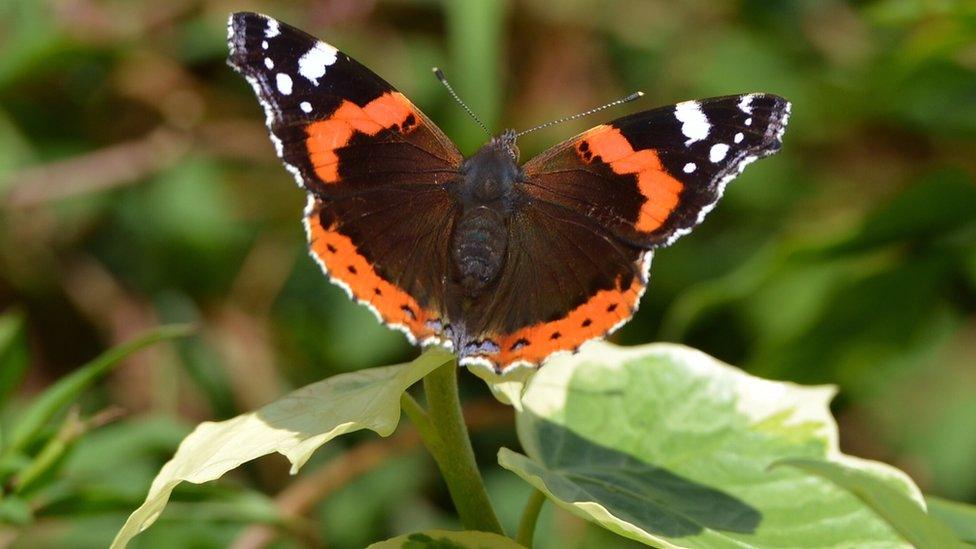Butterflies in major decline in Northern Ireland, says report
- Published
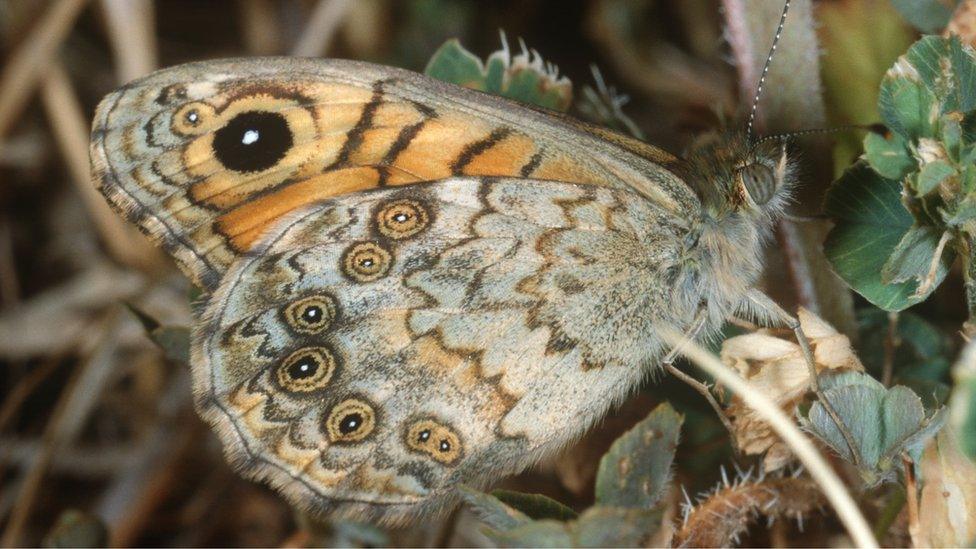
There are concerns that the Wall butterfly is dying out in Northern Ireland
One of Northern Ireland's butterflies appears to be on the edge of extinction, while others are struggling, according to a report.
But a species only found in Northern Ireland, the Cryptic Wood White, is doing better.
Scientists have warned that time is running out to halt the decline of butterflies across the UK.
A charity involved in the report, Butterfly Conservation has called for targeted action and more resources.
Butterflies are regarded as a barometer for climate change and habitat loss as they react quickly to any change in their ecosystem.
The first State of the UK's Butterflies report since 2015 showed 80% of species were declining in abundance, distribution or both in the last 50 years.
There are 59 species of breeding butterflies in the UK.
'Sharp decline'
Many, though not all, of the species found in Northern Ireland have been monitored for the report.
It shows a 17% decrease in abundance and a 10% decrease in distribution of butterflies.
There are concerns that the Wall butterfly is dying out, with the report saying it was in "precipitous decline".
There were only three reported sightings of that butterfly, all on the County Down coast, in the space of five years.
Another butterfly, the Small Heath, has lost 40% of its distribution since 1995.
But there have been improvements in the numbers of some species.
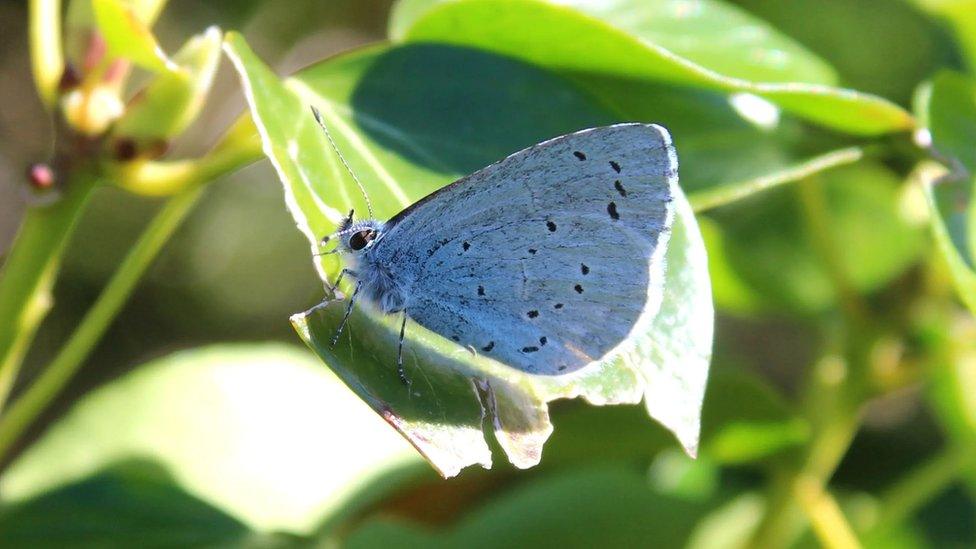
The Holly Blue butterfly can be seen in Northern Ireland
The Dark Green Fritillary, Silver-washed Fritillary and the Holly Blue have expanded across Northern Ireland, thanks to the availability of suitable habitat.
And the Cryptic Wood White has shown improvement in its numbers since previous assessments.
Julie Williams, the chief executive of Butterfly Conservation, said the report showed compelling evidence of nature's decline in the UK.
"We need swift and effective action on this," she said.
"The decline in butterflies we have seen in our own lifetimes is shocking and we can no longer stand by and watch the UK's biodiversity be destroyed."
Climate change
The report was compiled by Butterfly Conservation, the UK Centre for Ecology and Hydrology and the British Trust for Ornithology.
Nearly 23 million butterfly records were gathered for it, mostly by people taking part in the UK Butterfly Monitoring scheme and the Butterflies for the New Millennium scheme.
The amount of recording has allowed the data to be broken down across the four nations of the UK.
Only Scotland has shown long-term increases, with butterflies in England faring the worst.
The report authors say more data is needed to assess trends in some of the rarest and most threatened species in Northern Ireland, which are seeing greater declines across the UK as a whole.
Related topics
- Published20 October 2022

- Published14 July 2011
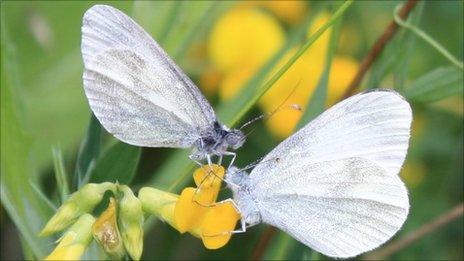
- Published31 July 2022
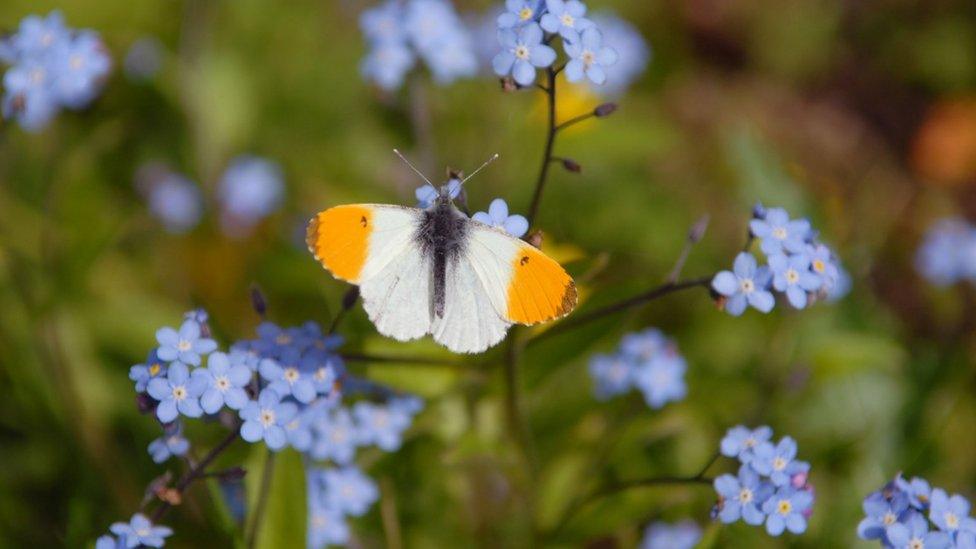
- Published15 July 2022

- Published16 July 2021
